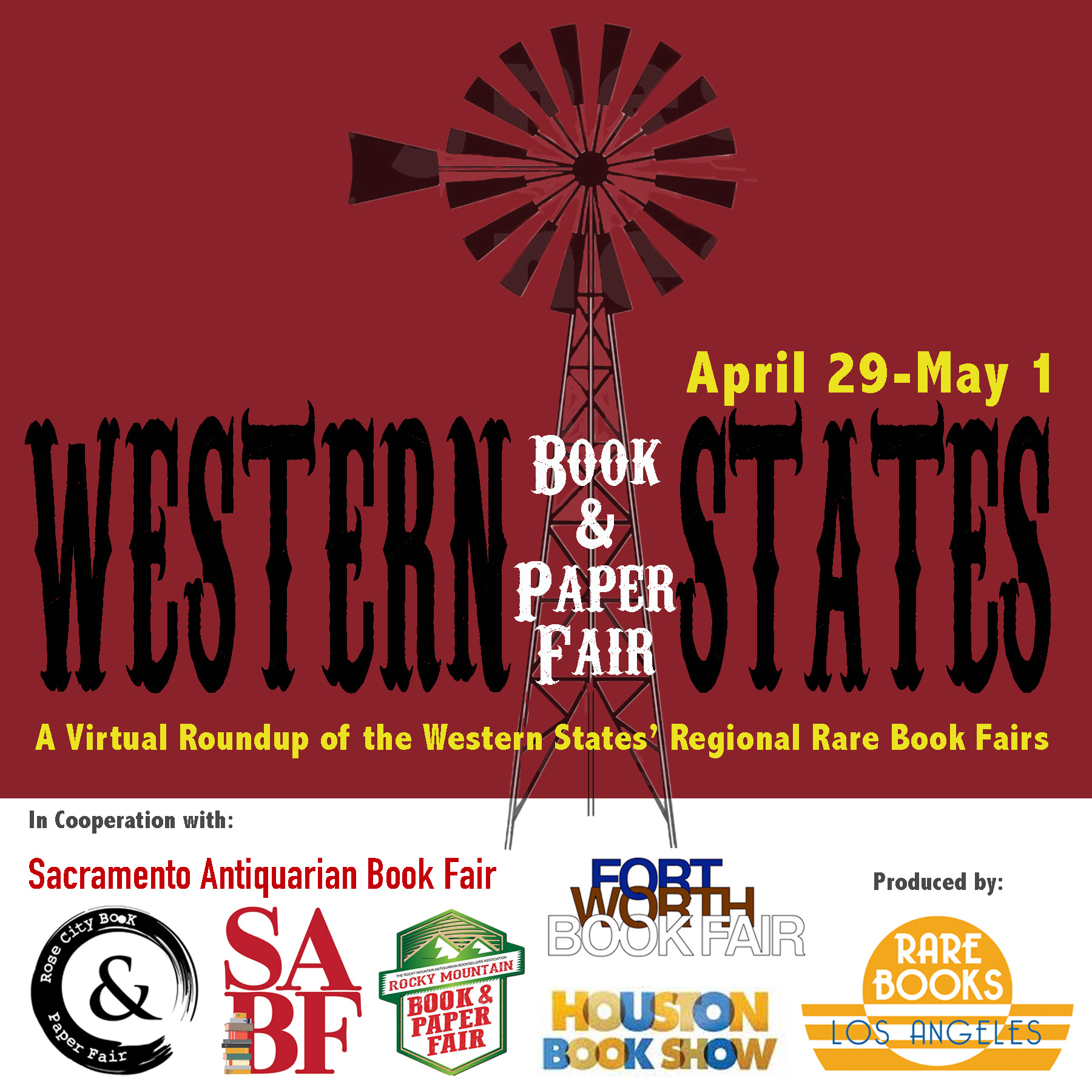“I do not wish women to have power over men; but over themselves.”
Yes, Queen.
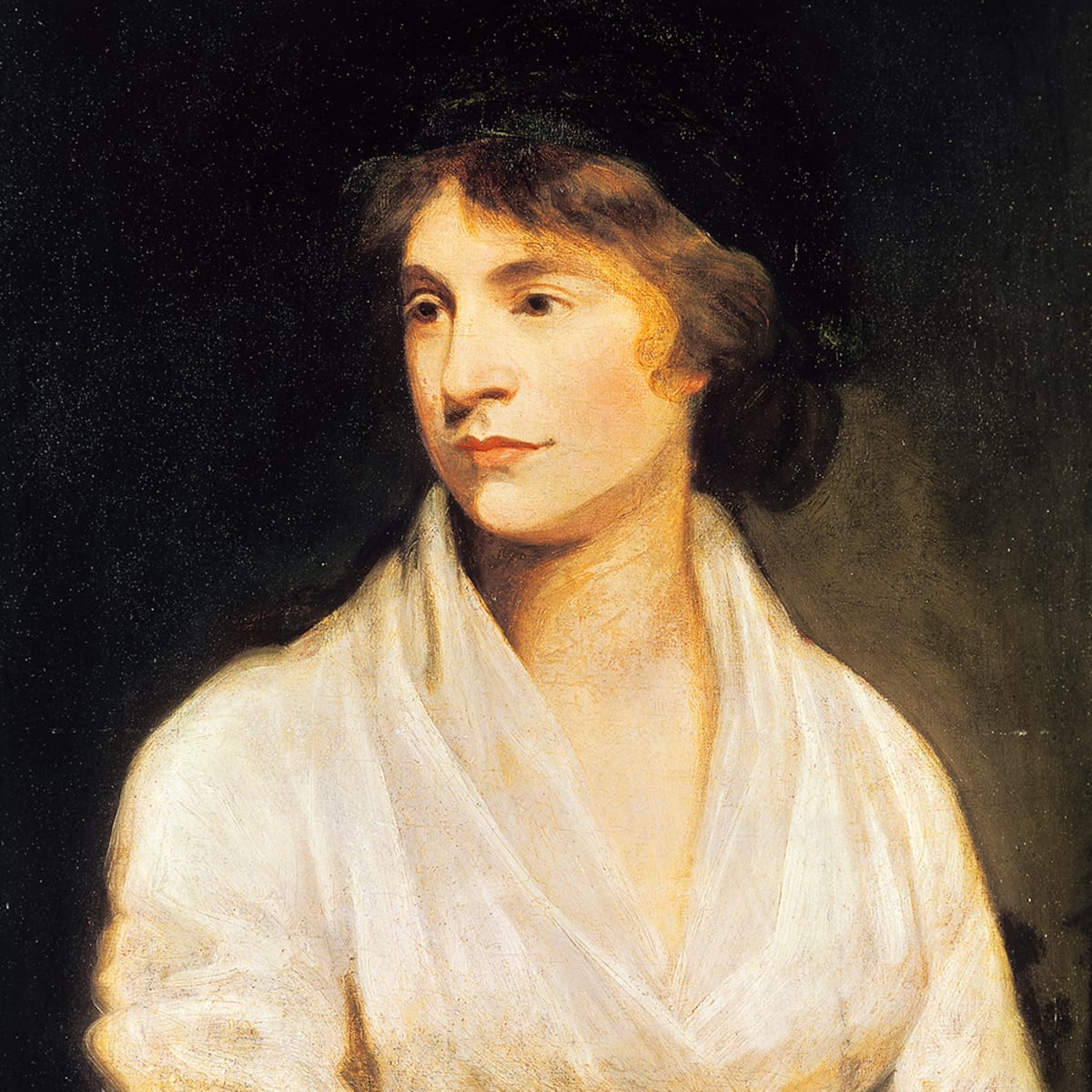
Mary Wollstonecraft was born on April 27th, 1759, in London. Though later on in her life she would be known for her writings and her advocacy of the social and educational equality of women, she was born somewhat inconsequentially as the second of seven children. Mary grew up in a household with a violent alcoholic father who squandered away all their savings and inheritance before Mary could come of age. She worked as a governess and a lady’s companion in her young life, both of which were formative influences on her views of the role of women in society. Mary also had two significantly influential friendships as a young woman – with Jane Arden and Fanny (Frances) Blood. Arden’s philosophical and academic family greatly impacted Wollstonecraft’s ability to think outside-the-box (so to speak), and her friendship with Fanny gave her purpose and female companionship. As a matter of fact, at one point Mary, her sister Eliza and Fanny opened up a school for girls in Newington Green. Her experiences in the education of young women (and subsequent job as a governess) gave her her greatest ideas on the education of women and how it affects their future in society.
“If women be educated for dependence; that is, to act according to the will of another fallible being, and submit, right or wrong, to power, where are we to stop?”
Unfortunately, Mary’s closest friend Fanny died relatively young, after becoming pregnant while suffering from a weak constitution. A heartbroken Mary used her connections to become a governess to a family of girls in Ireland, and although the girls found her an inspiring instructor, a frustrated Mary decided to give up the position to pursue writing and publishing full-time (a radical notion for a woman, in 1787). In 1788 she began working as a translator for a London publisher, Joseph Johnson, whom she regarded as a father/brother figure, and whom she remained quite close to for the rest of her life. During her first stint working for Johnson she wrote several reviews for his Analytical Review publication, all the while expanding her mind through translating texts and writing her own. Mary seemed happy in London – constantly meeting intellectuals, activists and other interesting figures at meetings and dinners at Johnson’s. Some of these influential individuals included Thomas Paine and William Godwin (the scholar considered the father of modern anarchism – though Mary and Godwin did not originally hit it off). Mary’s free-thinking ways led her to propose to live platonically with a married man she was enamored with (artist Henry Fuseli) and his wife – the astonishment of society at such an idea leading her to decide to move abroad. Well… that and her obvious interest in the French Revolution, as was evidenced in one of her most famous works, A Vindication of the Rights of Woman, published in London in 1790 as a response to Whig MP Edmund Burke’s conservative critique of the events in France. Her publication shot her to activist stardom seemingly overnight (though at the very first it was published anonymously – the second edition published a month after the first pronounced her as the author). Wollstonecraft left for Paris, to witness the Revolution firsthand.
“It is vain to expect virtue from women till they are in some degree independent of men.”
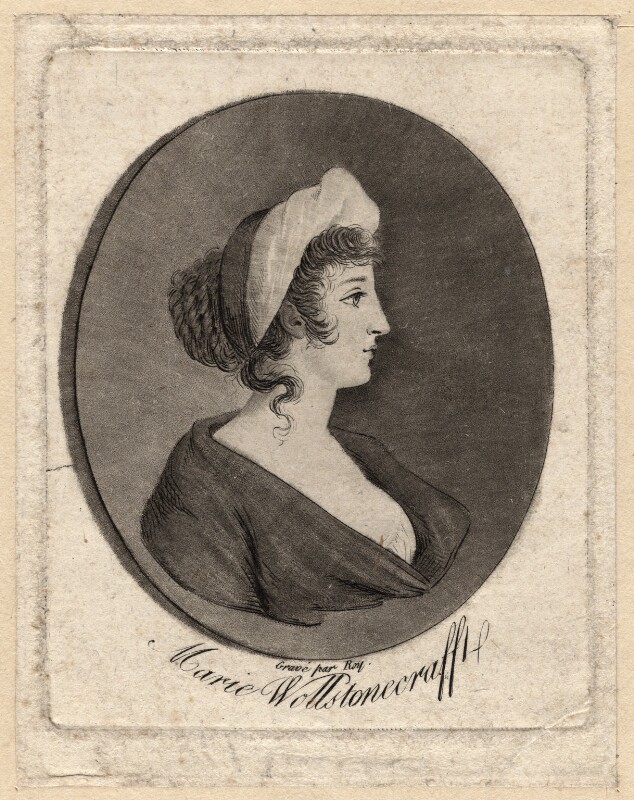 During her time in France, Mary witnessed the execution of King Louis XIV, even saw some of her friends executed when the Jacobins took power, was refused her requests to leave the country, and lived with American adventurer Gilbert Imlay, with whom she had a passionate affair. (“Which of these things is not like the other?”, you may as well ask!) Though all of her experiences greatly influenced her thoughts and views of humanity, she decided to put her individuality and power to the test by living unmarried with a man, and bearing a child by him, named Fanny after her dearest deceased friend. Wollstonecraft and Imlay remained together long enough to do a bit of traveling, and for Mary to publish two other works – An Historical and Moral View of the Origin and Progress of the French Revolution, and a introspective and personal travelogue, Letters Written During a Short Residence in Sweden, Norway and Denmark. After Imlay left her, Wollstonecraft returned to England to pursue him, and after bouts of suicidal tendencies and depression fell back into Joseph Johnson’s literary circle. Eventually, Mary began striking up a friendship, and then a passionate love affair with William Godwin. Of her work (her travel Letters, in particular) Godwin wrote, “If ever there was a book calculated to make a man in love with its author, this appears to me to be the book. She speaks of her sorrows, in a way that fills us with melancholy, and dissolves us in tenderness, at the same time that she displays a genius which commands all our admiration.” Despite not being proponents of marriage in general, the two wed shortly before Wollstonecraft’s second child was born – her daughter Mary, who would later go on to write Frankenstein as Mary Shelley (to read our blog on the second brilliant female mind in the family, click here). Eleven days after the birth of her second daughter, Mary Wollstonecraft Godwin (as she was then known) passed away due to complications from the birth.
During her time in France, Mary witnessed the execution of King Louis XIV, even saw some of her friends executed when the Jacobins took power, was refused her requests to leave the country, and lived with American adventurer Gilbert Imlay, with whom she had a passionate affair. (“Which of these things is not like the other?”, you may as well ask!) Though all of her experiences greatly influenced her thoughts and views of humanity, she decided to put her individuality and power to the test by living unmarried with a man, and bearing a child by him, named Fanny after her dearest deceased friend. Wollstonecraft and Imlay remained together long enough to do a bit of traveling, and for Mary to publish two other works – An Historical and Moral View of the Origin and Progress of the French Revolution, and a introspective and personal travelogue, Letters Written During a Short Residence in Sweden, Norway and Denmark. After Imlay left her, Wollstonecraft returned to England to pursue him, and after bouts of suicidal tendencies and depression fell back into Joseph Johnson’s literary circle. Eventually, Mary began striking up a friendship, and then a passionate love affair with William Godwin. Of her work (her travel Letters, in particular) Godwin wrote, “If ever there was a book calculated to make a man in love with its author, this appears to me to be the book. She speaks of her sorrows, in a way that fills us with melancholy, and dissolves us in tenderness, at the same time that she displays a genius which commands all our admiration.” Despite not being proponents of marriage in general, the two wed shortly before Wollstonecraft’s second child was born – her daughter Mary, who would later go on to write Frankenstein as Mary Shelley (to read our blog on the second brilliant female mind in the family, click here). Eleven days after the birth of her second daughter, Mary Wollstonecraft Godwin (as she was then known) passed away due to complications from the birth.
“It appears to me impossible that I should cease to exist, or that this active, restless spirit, equally alive to joy and sorrow, should be only organized dust—ready to fly abroad the moment the spring snaps, or the spark goes out, which kept it together. Surely something resides in this heart that is not perishable—and life is more than a dream.”
Wollstonecraft died much too young – and one might now argue that the world as she knew it was too little, too conservative for her rather modern notions. Nevertheless, her legacy lived on – not only did she propose radical notions of educational equality and female power, but she ran in circles that picked up her theories and helped spread the word. Her legacy also lived on in her children, particularly in Mary Shelley – who supported similar ideas of female empowerment and sexual freedom. To this day, the name Mary Wollstonecraft is a household name symbolical of female rights and equality, as she was the epitome of a free-thinker! Happy Birthday to Mary Wollstonecraft!


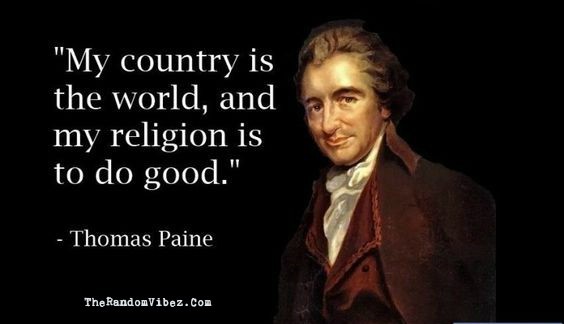
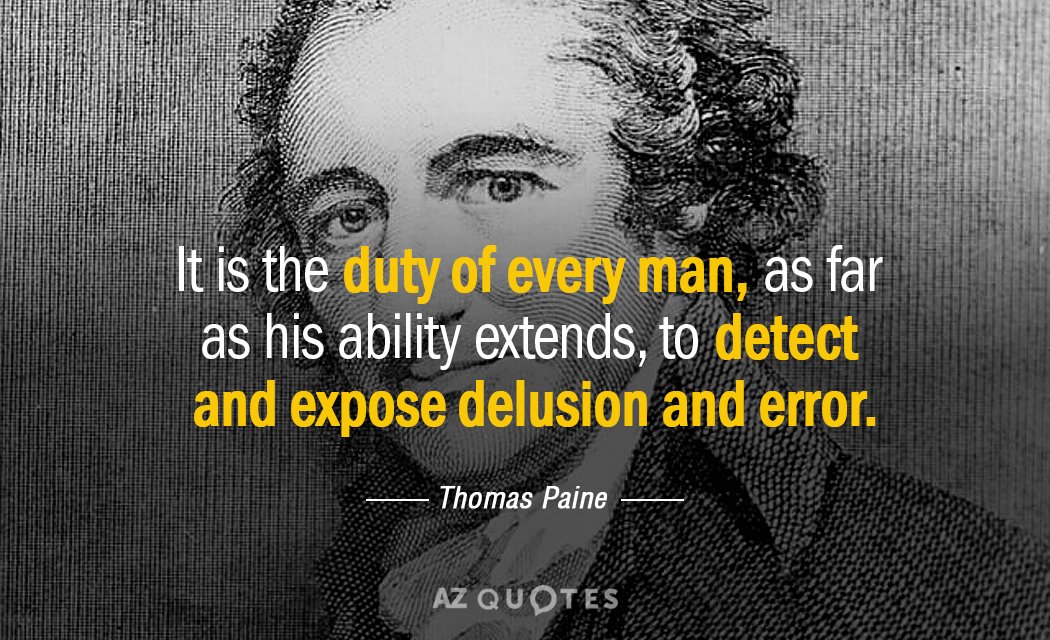
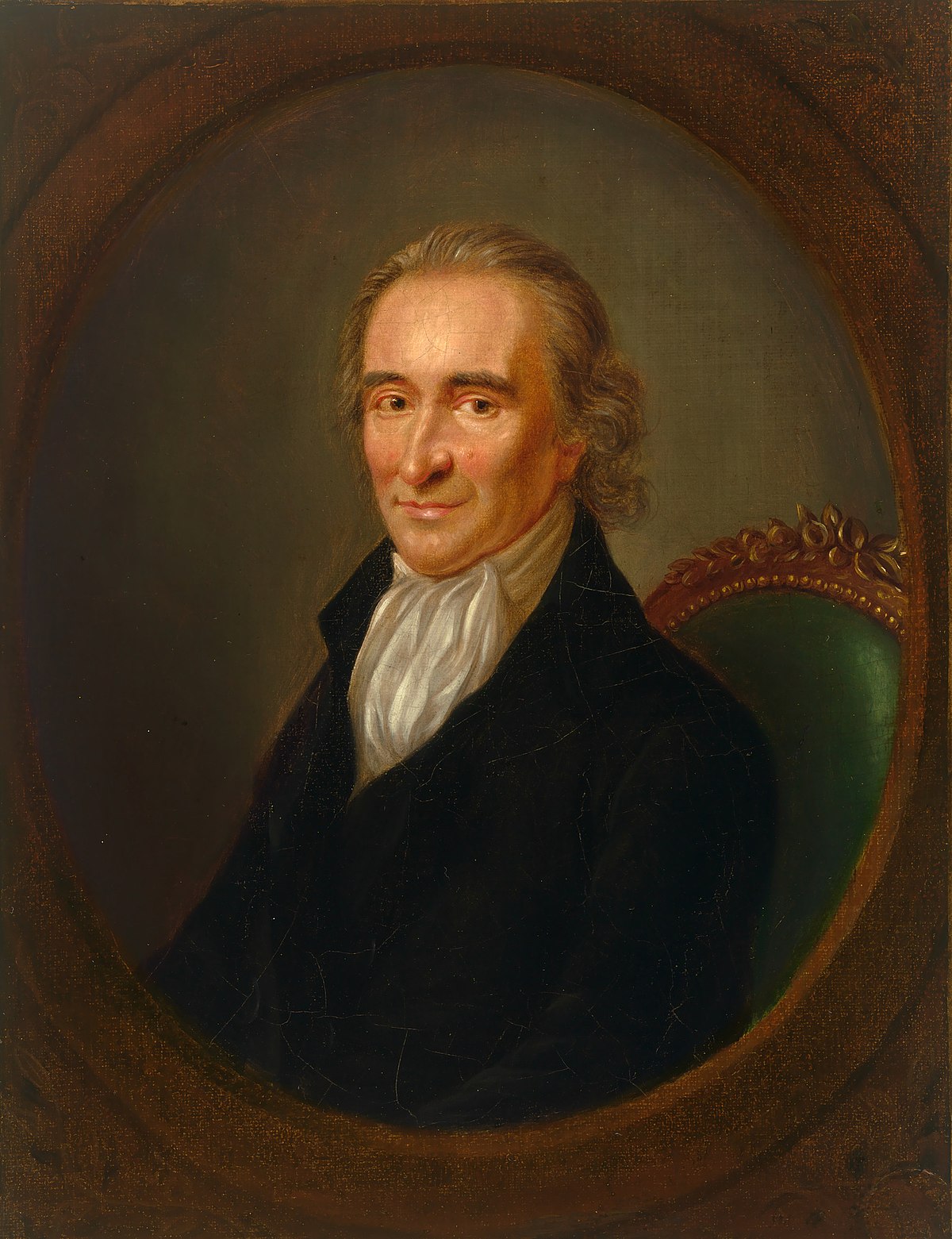 Paine’s pamphlets, especially Common Sense, were immediate successes. Common Sense was published on January 10th, 1776, and was signed anonymously, “by an Englishman”. Within the first three months of its existence 100,000 copies were sold throughout the colonies. He employed his eloquence to fan the flames of anger at the British monarchy for their abuses. While published after the start of the American Revolution (which began in April 1775), it served to bolster enthusiasm for the cause, to inspire many and to aid in the confidence of those fighting for freedom. Common Sense largely upholds the ideals of republicanism and encouragement for freedom, and spends some time encouraging readers to join the Continental Army. He advocates an extreme change, a total break in the narrative of history. Though his ideas were not necessarily original nor unheard of, Paine’s method and way of speaking to the public made his pamphlet one of the most popular Revolutionary works in existence. In that vein, Paine became one of the most influential revolutionary writers in history.
Paine’s pamphlets, especially Common Sense, were immediate successes. Common Sense was published on January 10th, 1776, and was signed anonymously, “by an Englishman”. Within the first three months of its existence 100,000 copies were sold throughout the colonies. He employed his eloquence to fan the flames of anger at the British monarchy for their abuses. While published after the start of the American Revolution (which began in April 1775), it served to bolster enthusiasm for the cause, to inspire many and to aid in the confidence of those fighting for freedom. Common Sense largely upholds the ideals of republicanism and encouragement for freedom, and spends some time encouraging readers to join the Continental Army. He advocates an extreme change, a total break in the narrative of history. Though his ideas were not necessarily original nor unheard of, Paine’s method and way of speaking to the public made his pamphlet one of the most popular Revolutionary works in existence. In that vein, Paine became one of the most influential revolutionary writers in history.
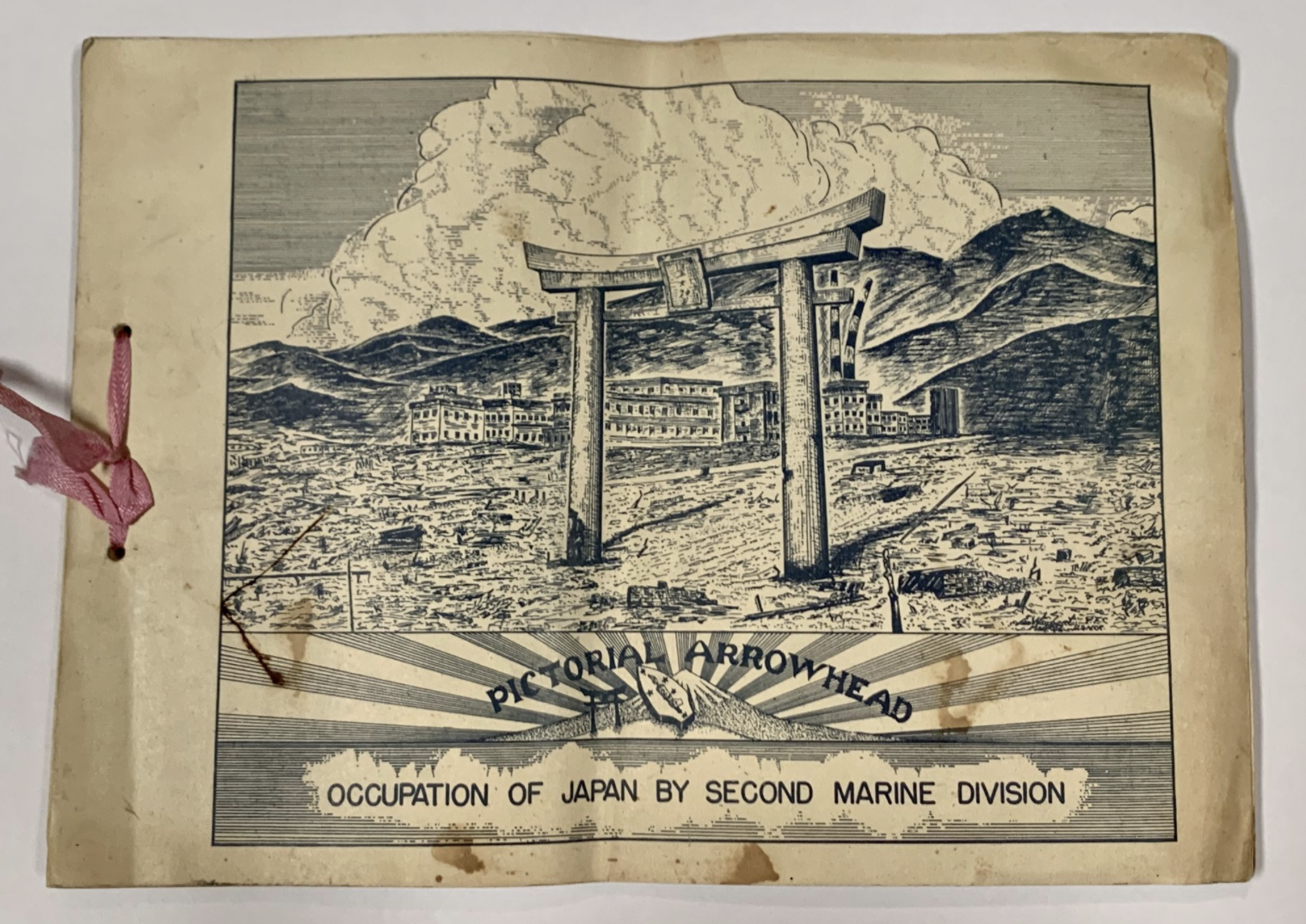
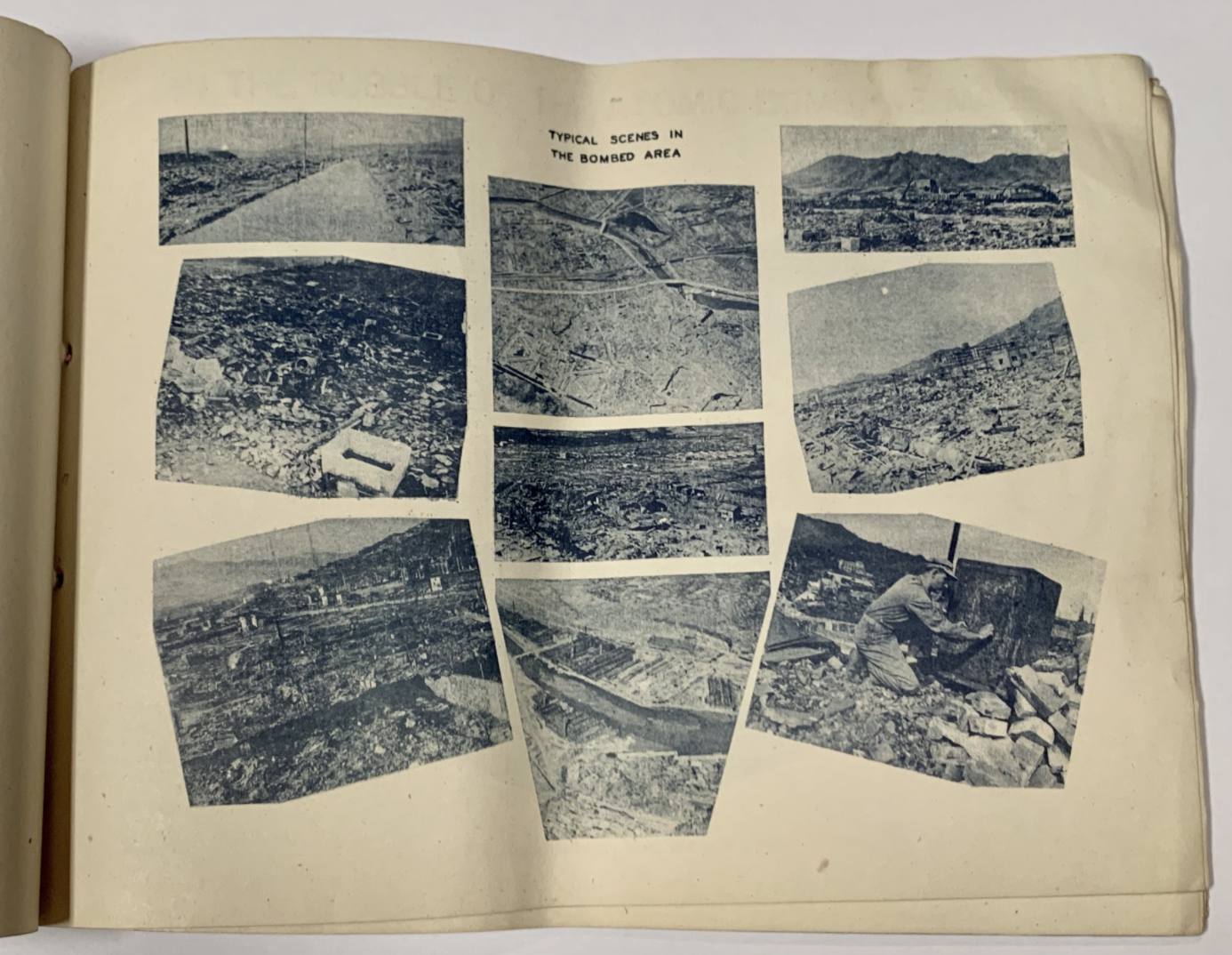

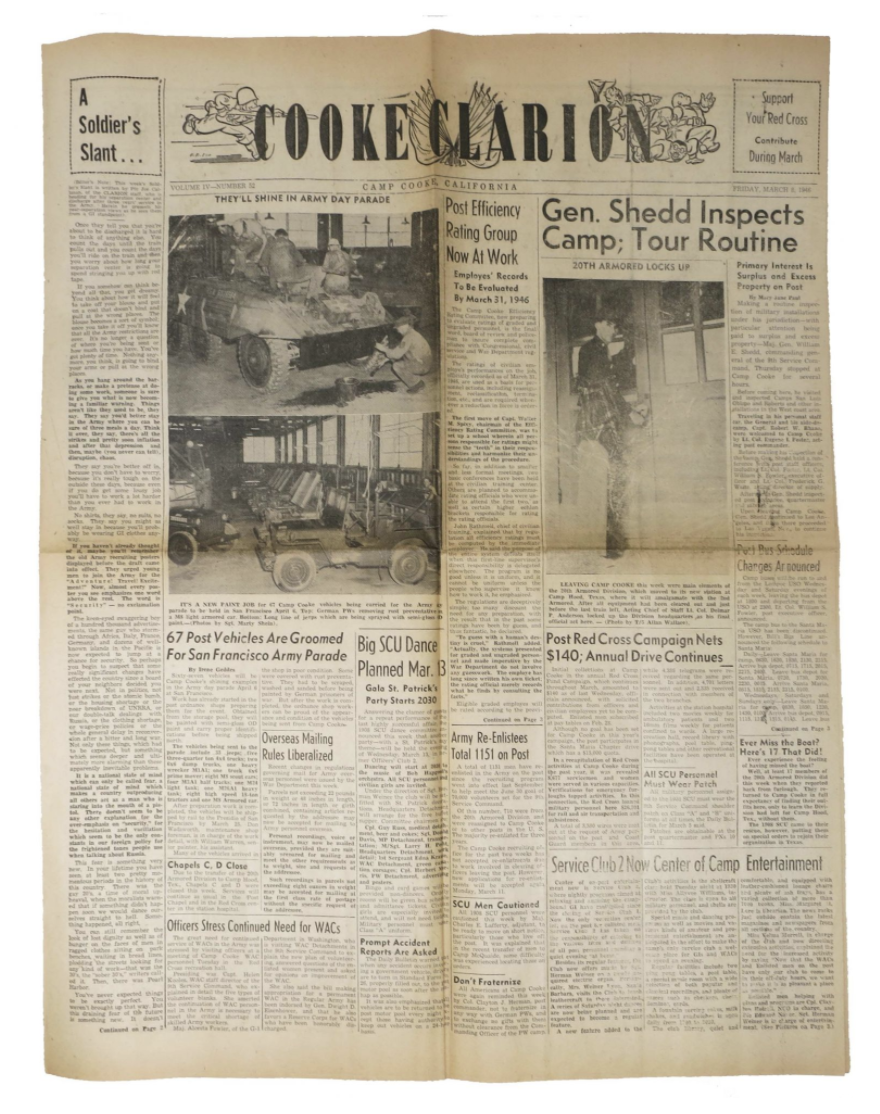
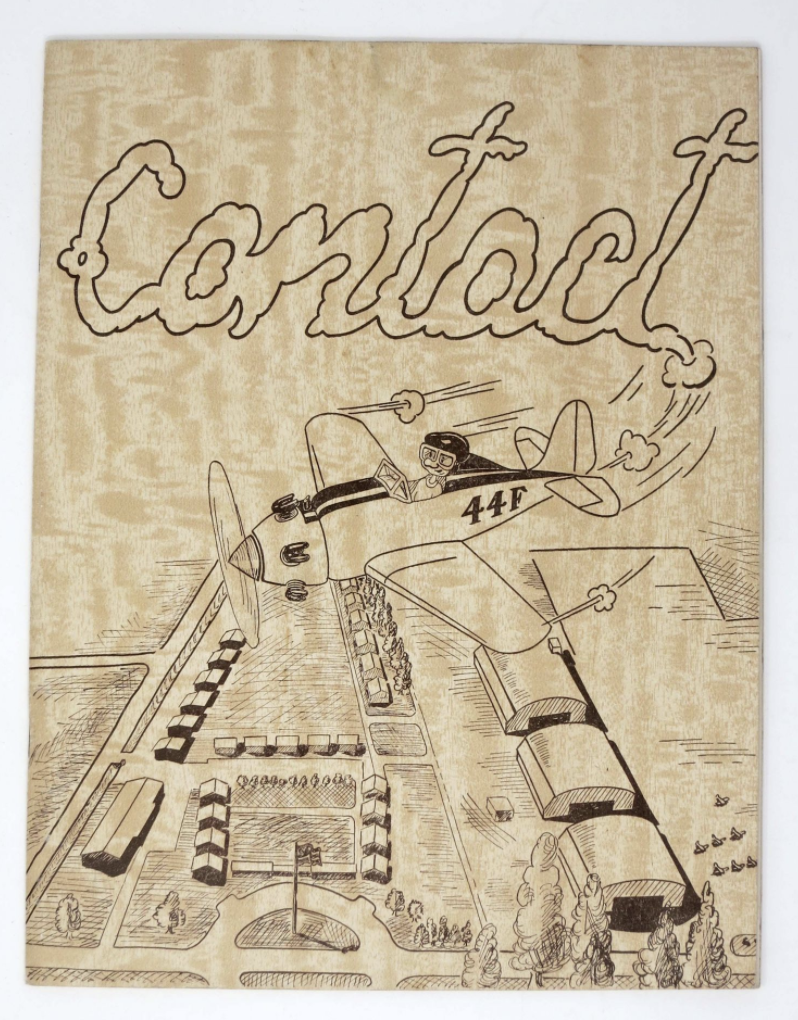
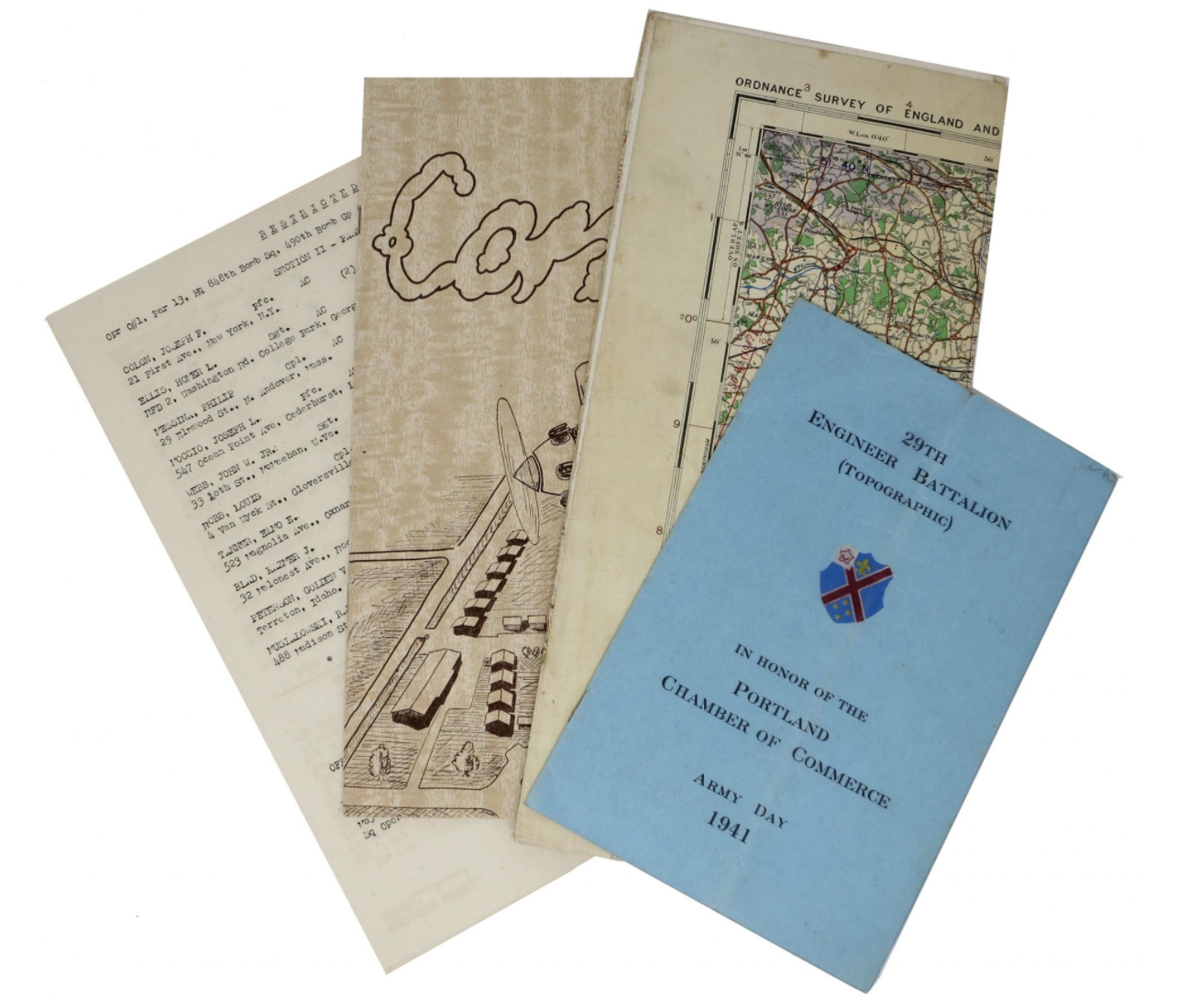
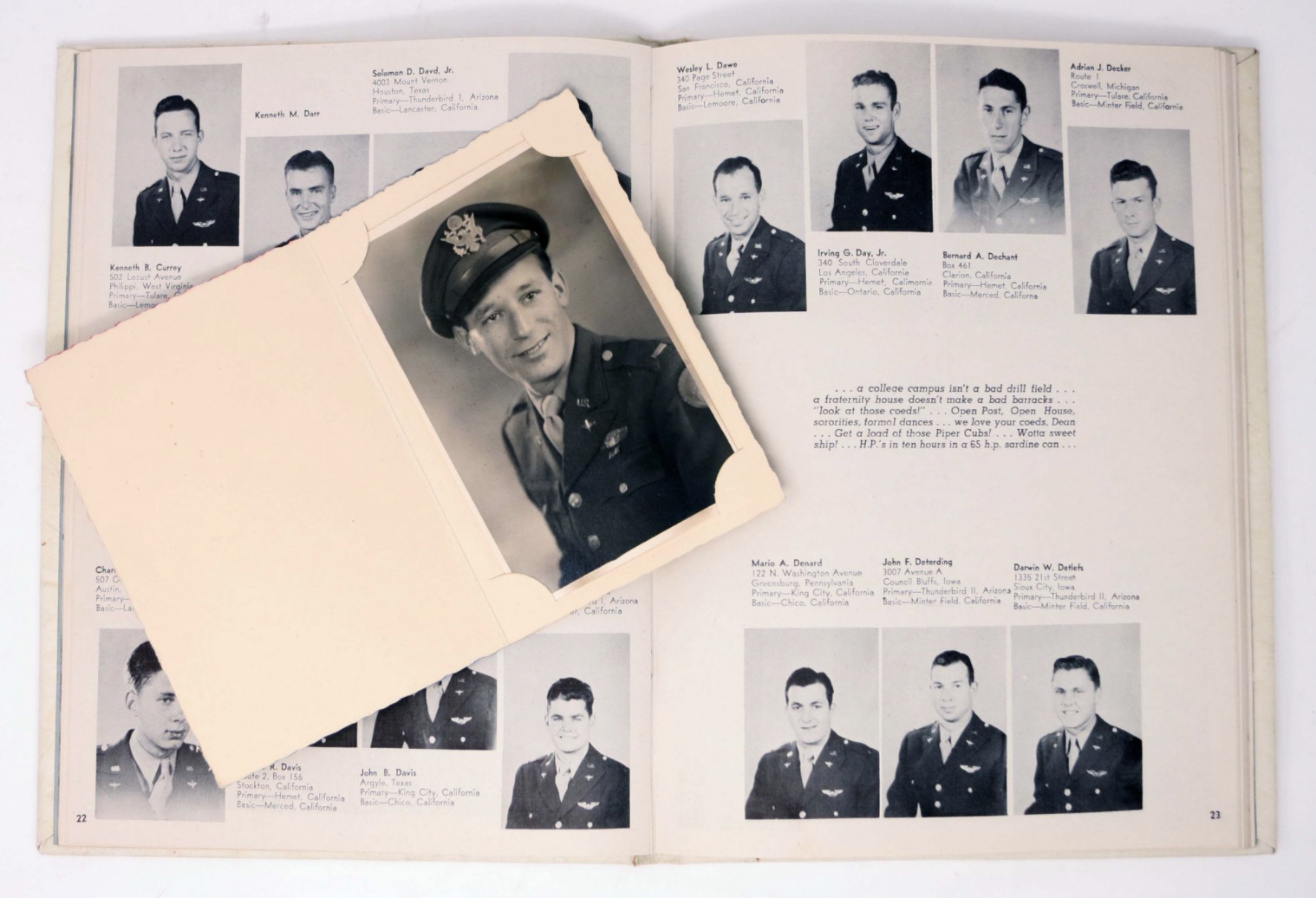
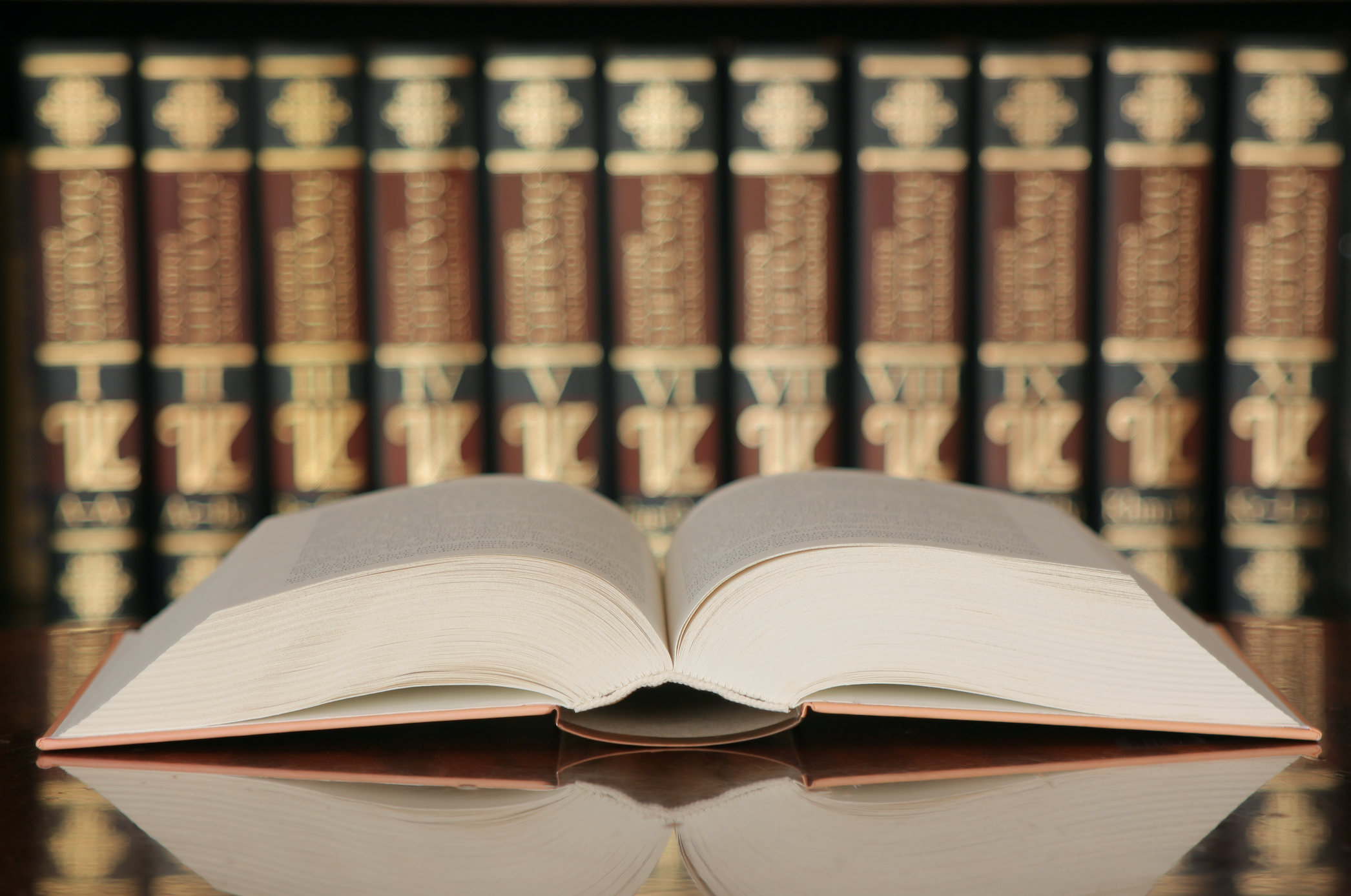

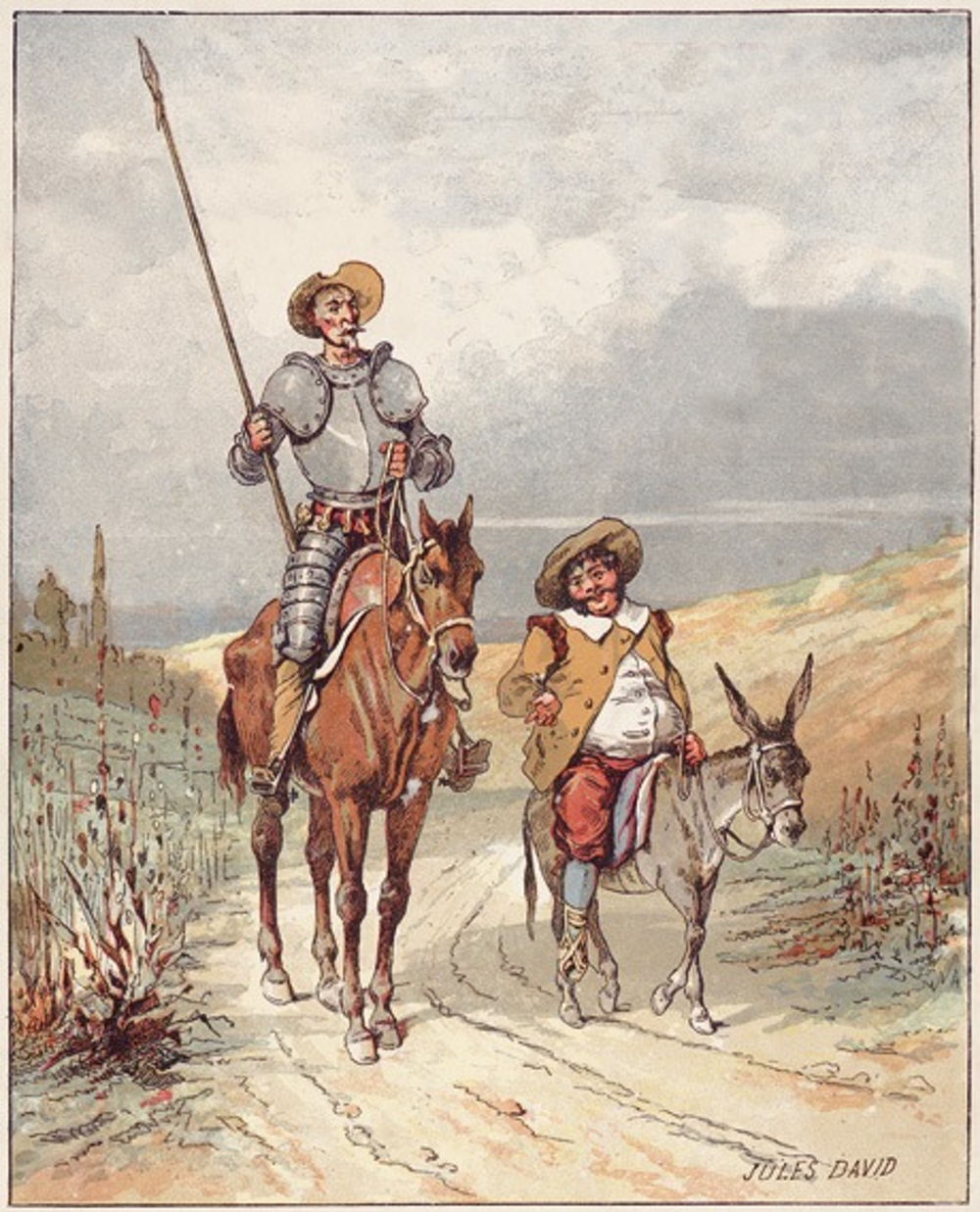 Throughout this time, Cervantes published a few plays and some poems, none of any great significance, and none that provided a living for the man and his family. By 1605, Cervantes hadn’t been “properly” published in almost 20 years! Nevertheless, he began writing a work he considered a satire – he challenged a “form of literature that had been a favourite for more than a century, explicitly stating his purpose was to undermine ‘vain and empty’ chivalric romances. He wrote about the common man. He used everyday lingo, normal conversation rather than epic speeches – it was considered a great success. Though there was a great amount of time between the two parts of the work, its popularity did not wane. The first part is considered the more popular of the two, with its comedic characterizations and its hilarity, while the second part is considered more introspective and critical, with greater characterization of the individuals in the story.
Throughout this time, Cervantes published a few plays and some poems, none of any great significance, and none that provided a living for the man and his family. By 1605, Cervantes hadn’t been “properly” published in almost 20 years! Nevertheless, he began writing a work he considered a satire – he challenged a “form of literature that had been a favourite for more than a century, explicitly stating his purpose was to undermine ‘vain and empty’ chivalric romances. He wrote about the common man. He used everyday lingo, normal conversation rather than epic speeches – it was considered a great success. Though there was a great amount of time between the two parts of the work, its popularity did not wane. The first part is considered the more popular of the two, with its comedic characterizations and its hilarity, while the second part is considered more introspective and critical, with greater characterization of the individuals in the story.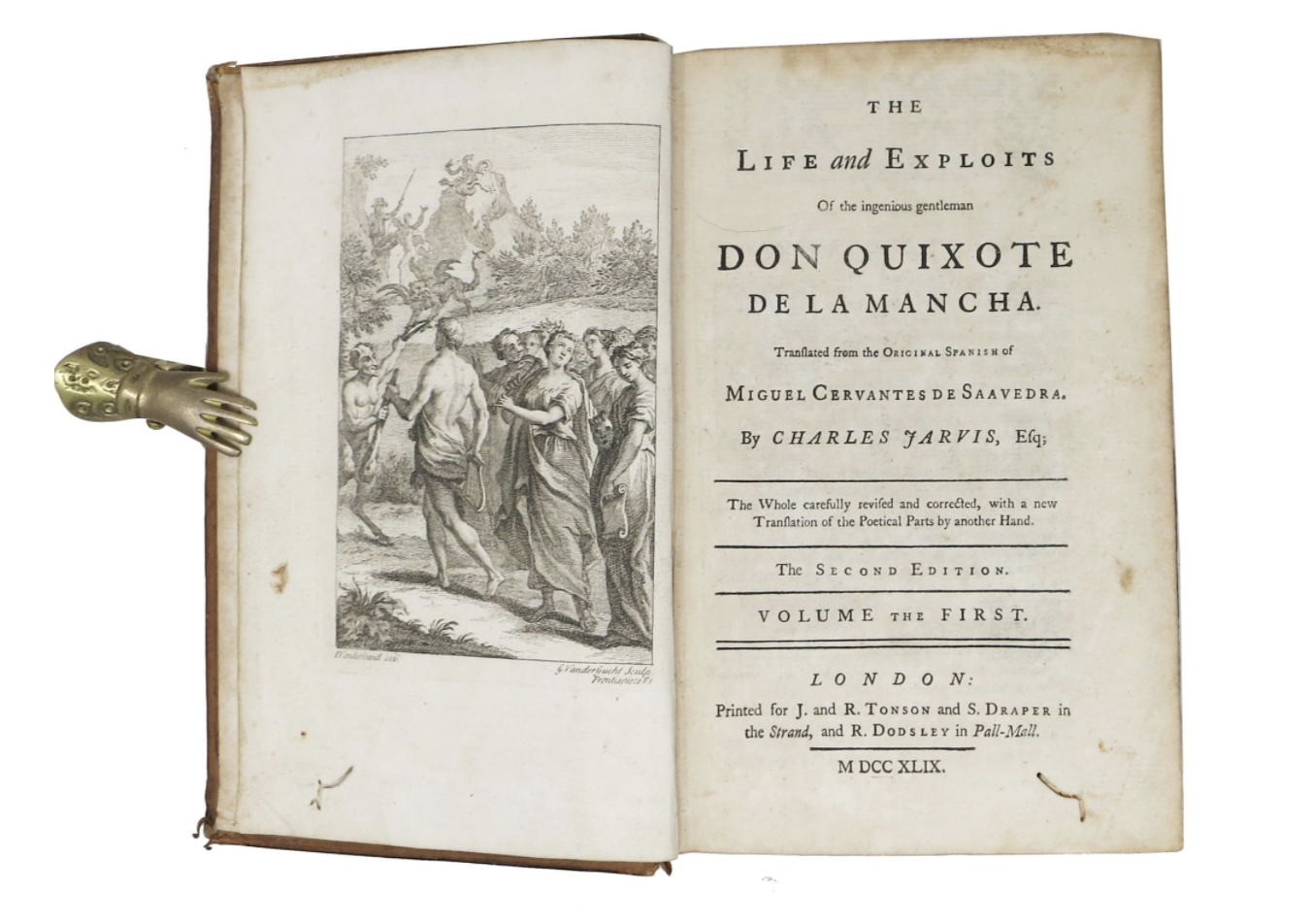
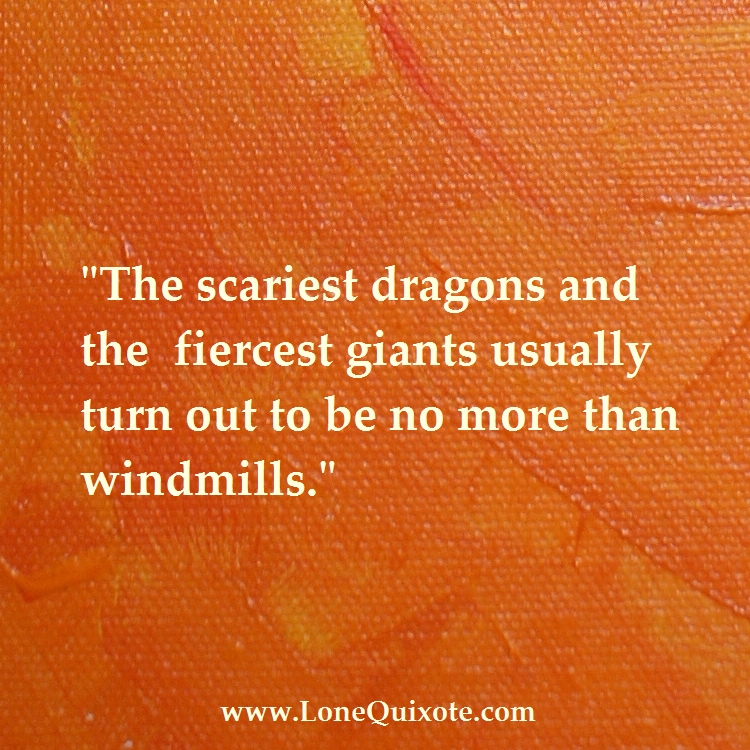

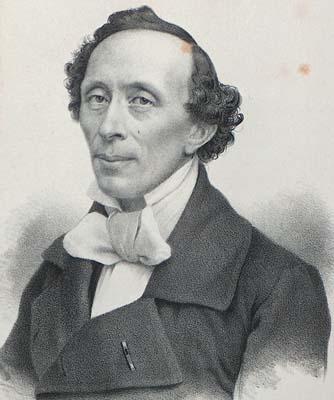
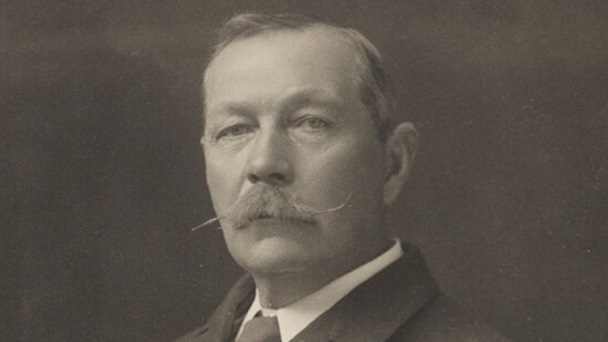
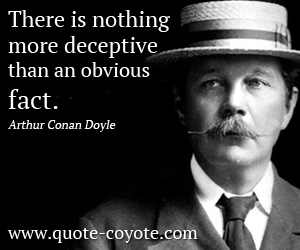 Arthur Conan Doyle wrote his first Sherlock Holmes installment, A Study in Scarlet, when he was only 27 years old. Written in just under three weeks, it is amazing to think that on how this work has endured and began a legacy, a series the likes of which may be unparalleled in fiction. A Study in Scarlet was popular and successful, and Conan Doyle was commissioned to write a sequel in less than a year. The next work, The Sign of the Four, was no less popular when it appeared in Lippincott’s Magazine. Amusingly enough, even early on in his Holmes works Conan Doyle felt contradictory emotions towards his most famous character. He wished to kill Holmes off after just a couple years, but was dissuaded (more like forbade) from doing so by his own mother! He raised the prices for his stories hoping to dissuade publishers from paying for them, but found that publishers were willing to pay exorbitant sums to keep the stories coming… consequently Conan Doyle accidentally became one of the best paid authors of all time. In all, Conan Doyle featured Sherlock Holmes (often against his will – public outcry was so great after Doyle had Holmes and Moriarty plunge off a cliff together that Holmes was forced to resurrect his famed detective in The Hound of the Baskervilles years later) in fifty-six short stories and four novels – a long and eventful life for a fictional character!
Arthur Conan Doyle wrote his first Sherlock Holmes installment, A Study in Scarlet, when he was only 27 years old. Written in just under three weeks, it is amazing to think that on how this work has endured and began a legacy, a series the likes of which may be unparalleled in fiction. A Study in Scarlet was popular and successful, and Conan Doyle was commissioned to write a sequel in less than a year. The next work, The Sign of the Four, was no less popular when it appeared in Lippincott’s Magazine. Amusingly enough, even early on in his Holmes works Conan Doyle felt contradictory emotions towards his most famous character. He wished to kill Holmes off after just a couple years, but was dissuaded (more like forbade) from doing so by his own mother! He raised the prices for his stories hoping to dissuade publishers from paying for them, but found that publishers were willing to pay exorbitant sums to keep the stories coming… consequently Conan Doyle accidentally became one of the best paid authors of all time. In all, Conan Doyle featured Sherlock Holmes (often against his will – public outcry was so great after Doyle had Holmes and Moriarty plunge off a cliff together that Holmes was forced to resurrect his famed detective in The Hound of the Baskervilles years later) in fifty-six short stories and four novels – a long and eventful life for a fictional character!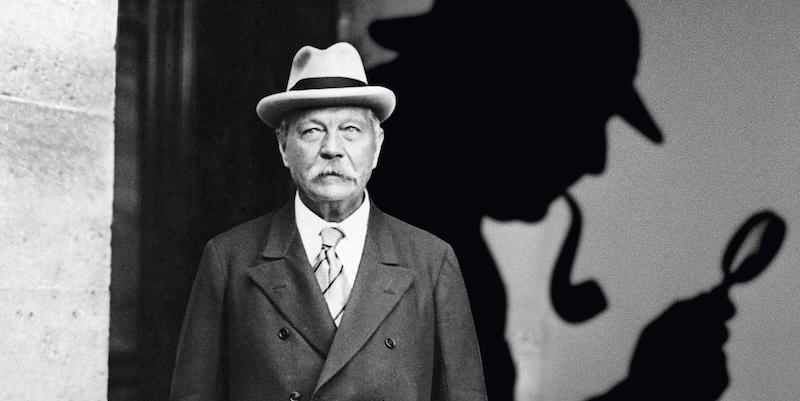

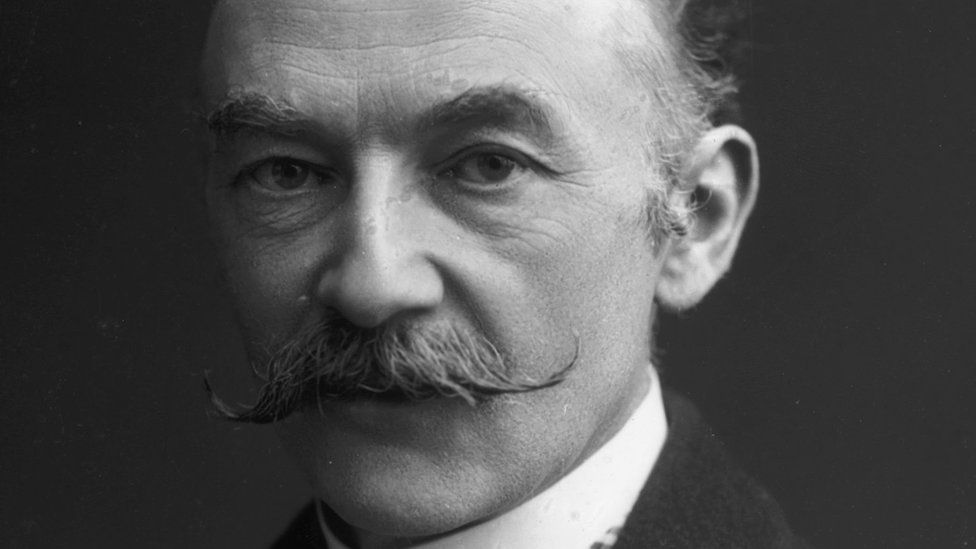


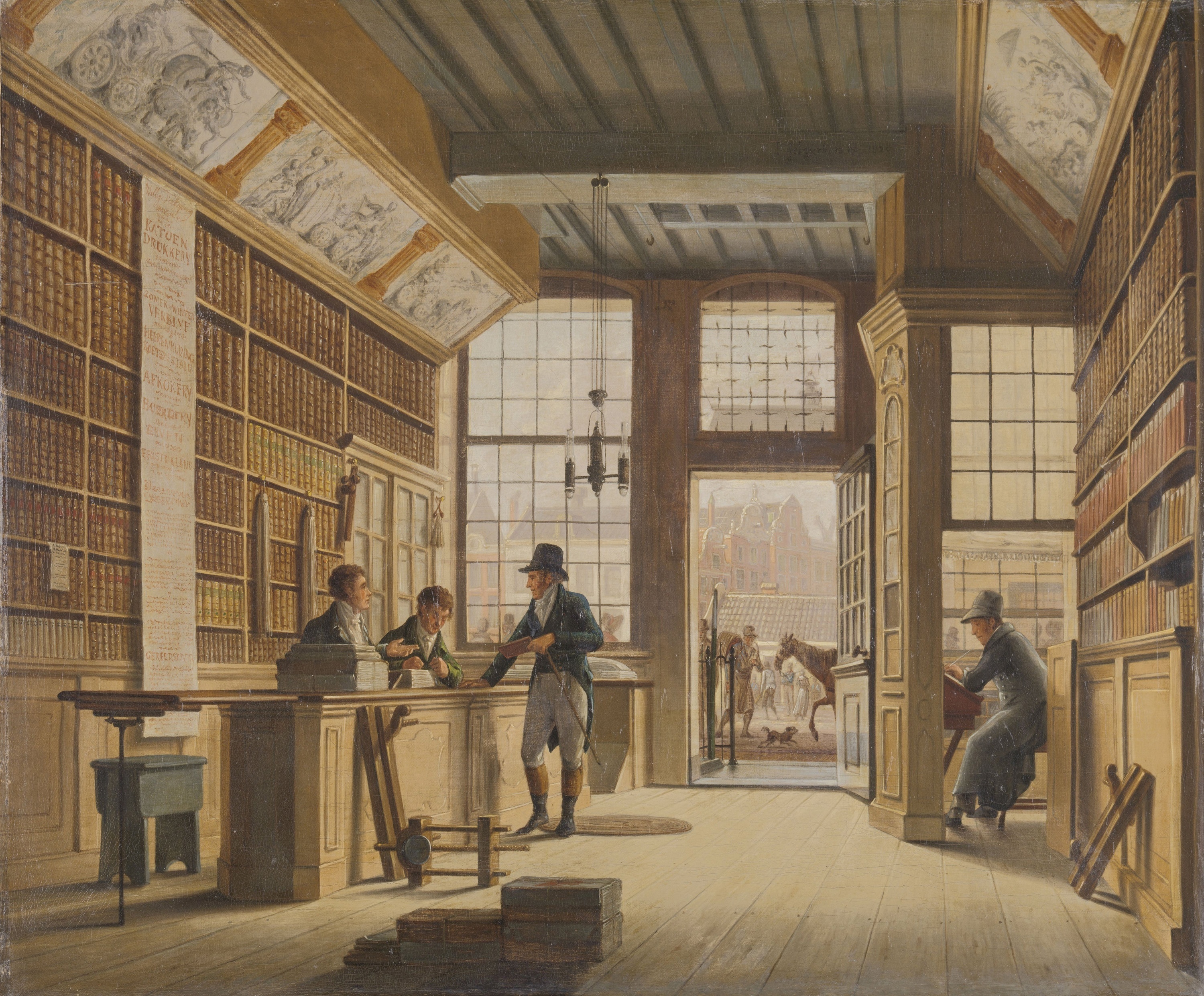 ***
***